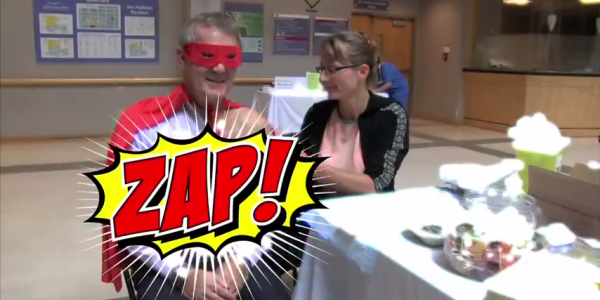Flu vaccine: how well does it work in a season of mismatch
The current influenza season is shaping up to be more severe than in recent years. There are signs of early and above average seasonal activity as noted by a number of influenza outbreaks in VCH long term care facilities and higher admissions among seniors across the country. And, the predominant circulating strain is A/H3N2, which causes severe illness, hospitalizations and deaths, particularly among the elderly.
There has been conversation about a ‘drift’ or change in one of the three circulating strains of influenza, A/H3N2, such that protection from this year’s vaccine may be low. Finding a drift or a change in influenza viruses should not come as a surprise. The surface characteristics of these viruses are known to change and that’s why a new vaccine is recommended each year.
Public health experts across the country are continuing to recommend the current vaccine because:
- At least three different influenza viruses have been detected so far and there is an excellent match between the vaccine and A/H1N1, influenza B, and roughly half of A/H3N2 viruses.
- The flu season has just started. Influenza B and A/H1N1 viruses may circulate more predominantly as the season continues, and the vaccine will provide excellent protection against these.
- The vaccine is also expected to provide some protection against the ‘drifted’ strain of A/H3N2. This means that if immunized individuals do become infected, their illness may be less severe in intensity and duration than if they were not immunized.
By getting immunized, we reduce the chances of transmitting influenza, a potentially lethal infection, to seniors and other vulnerable individuals we serve. While this vaccine may not be perfect, it is the best intervention we have to protect ourselves and our patients. And it is better than the alternative of not being immunized.

